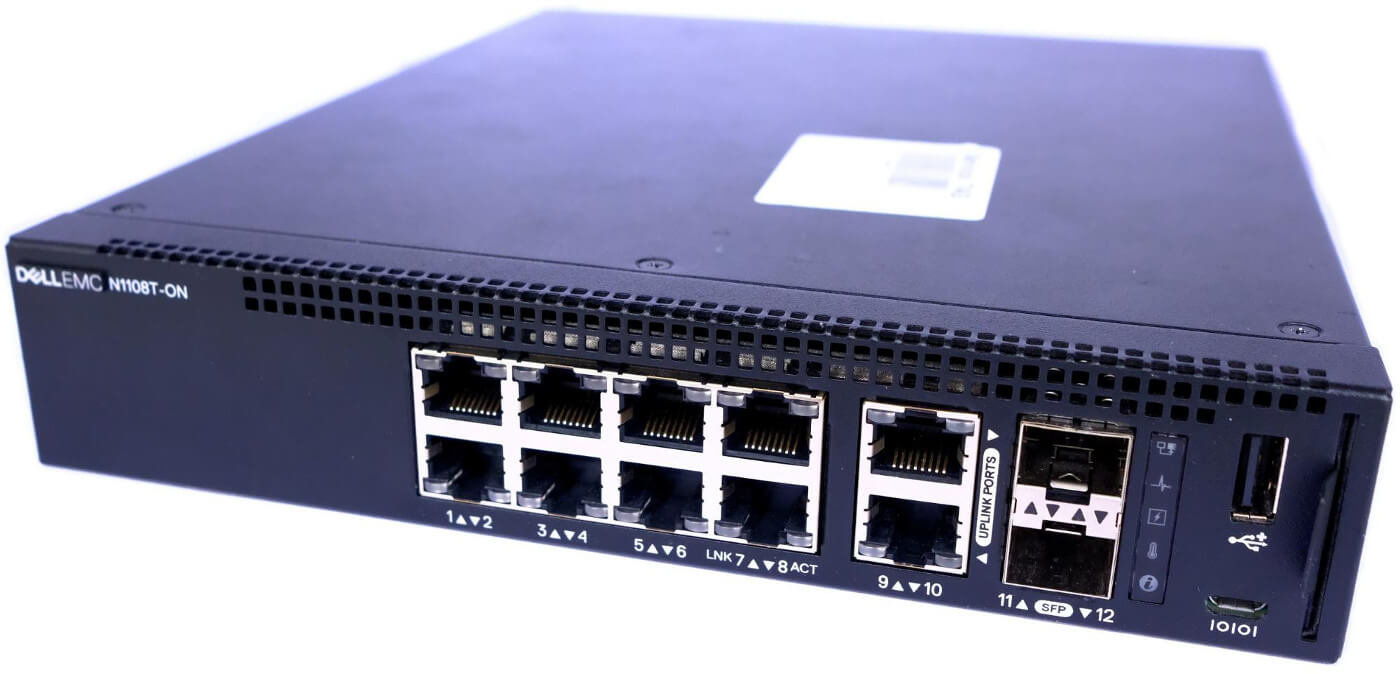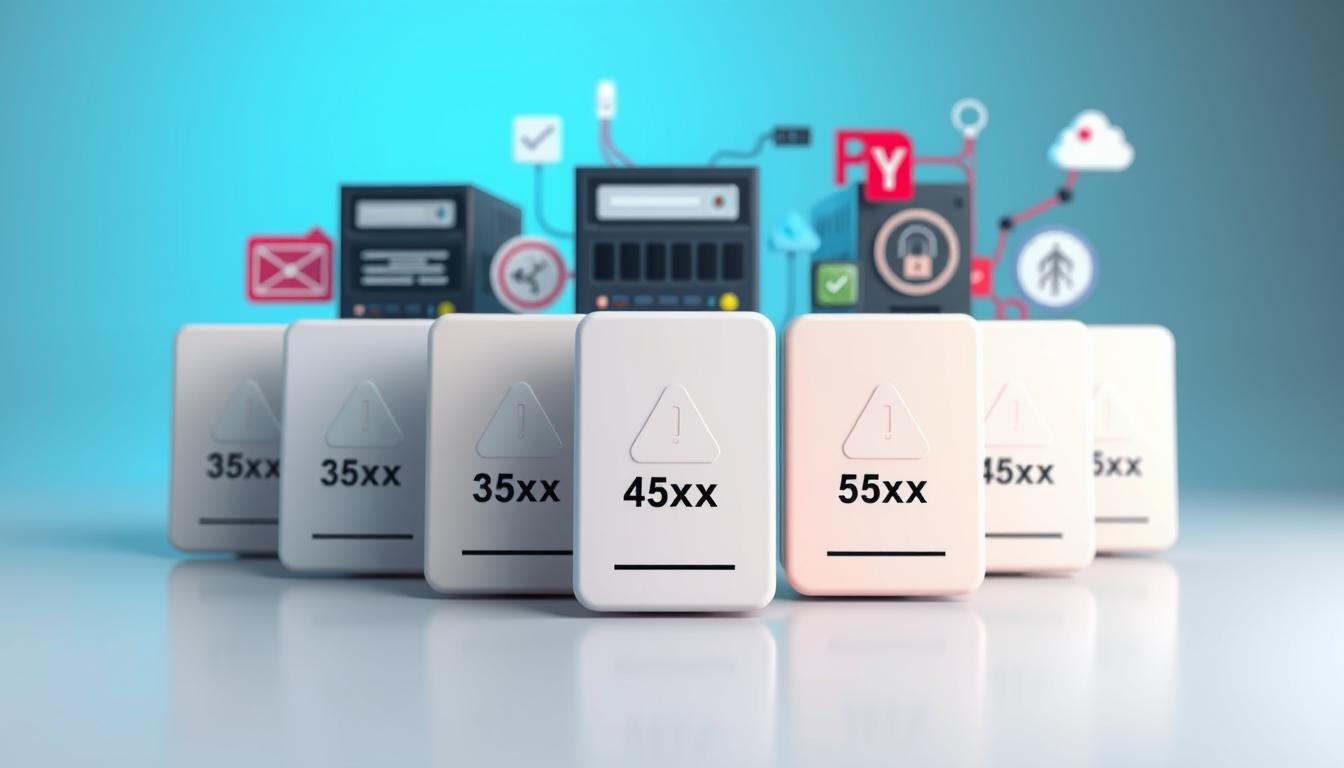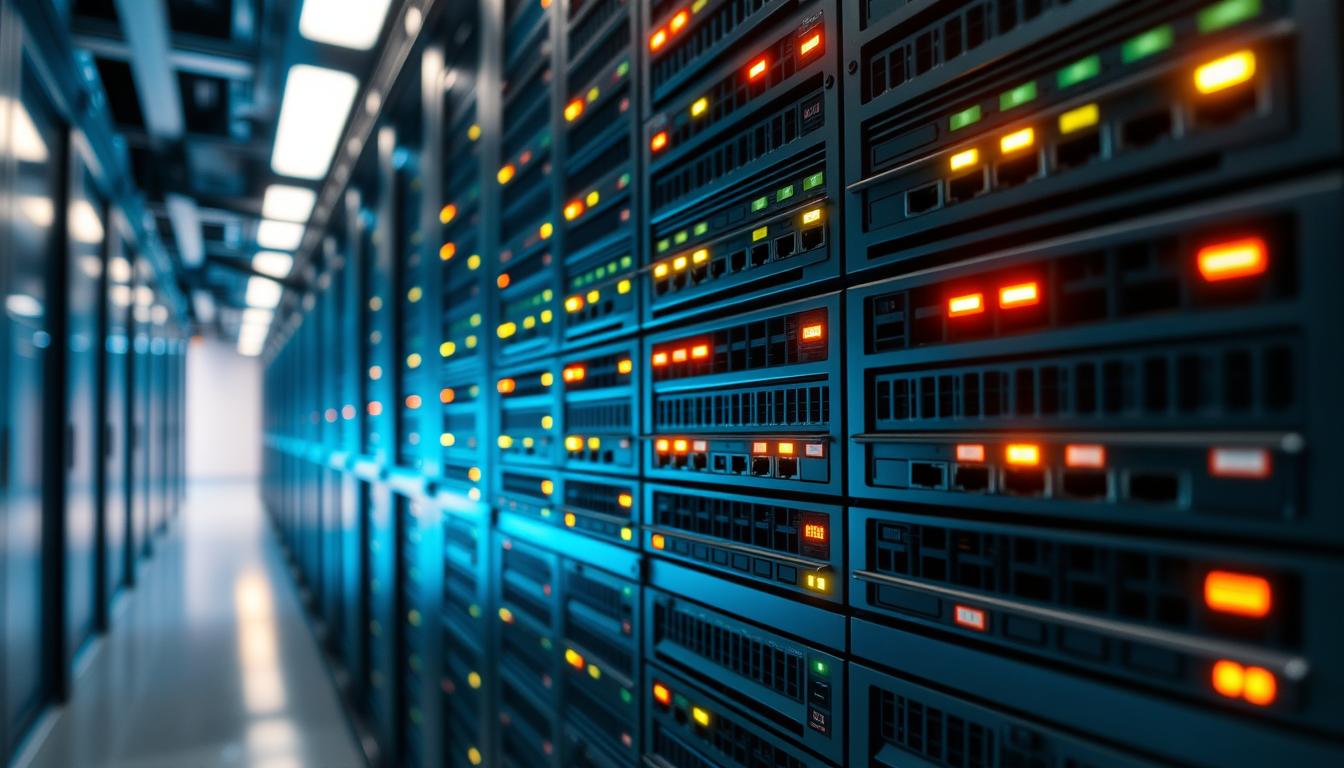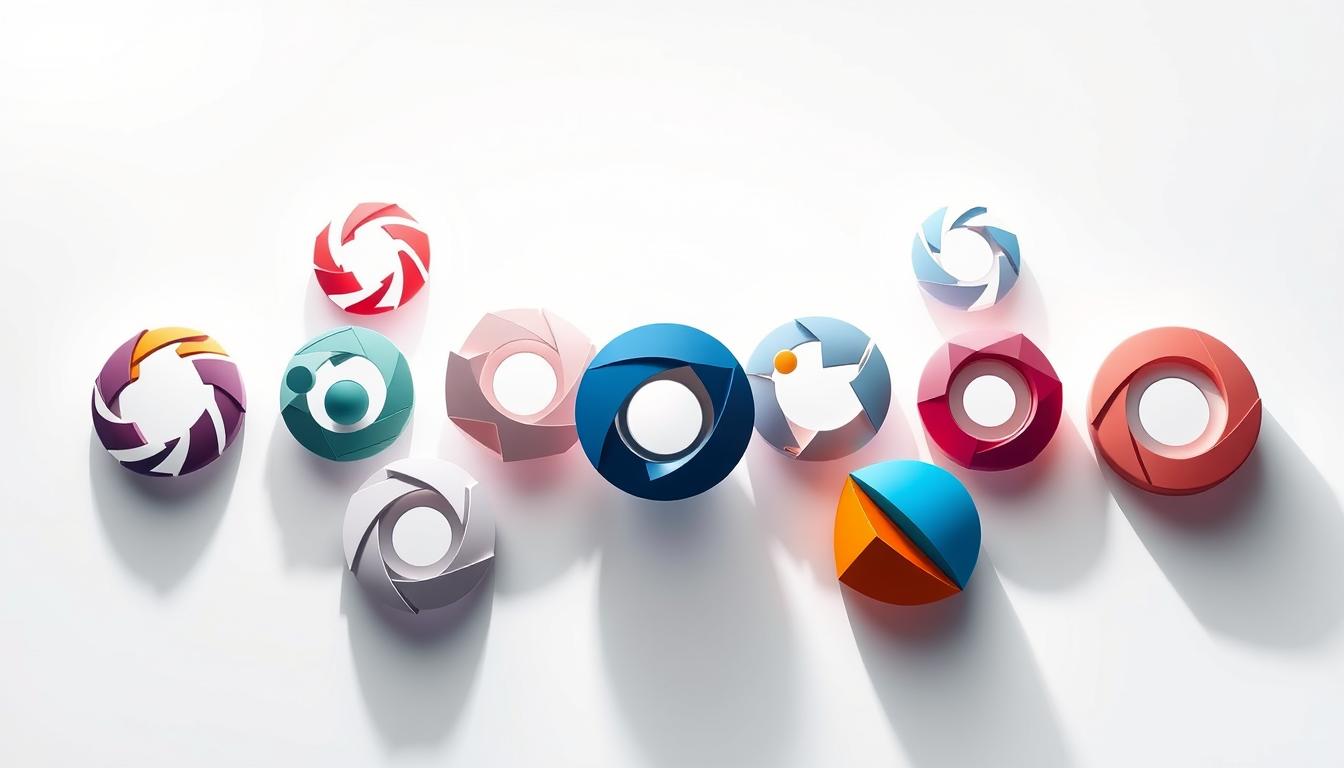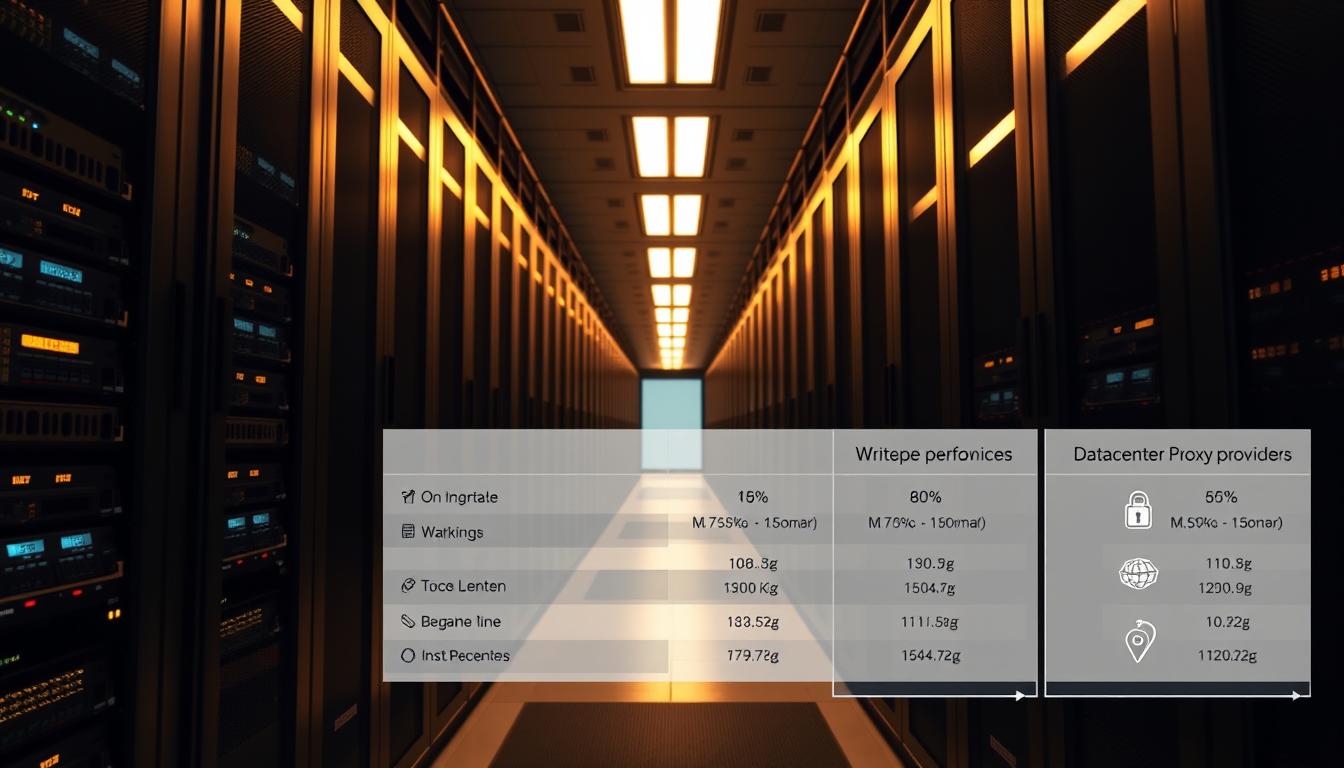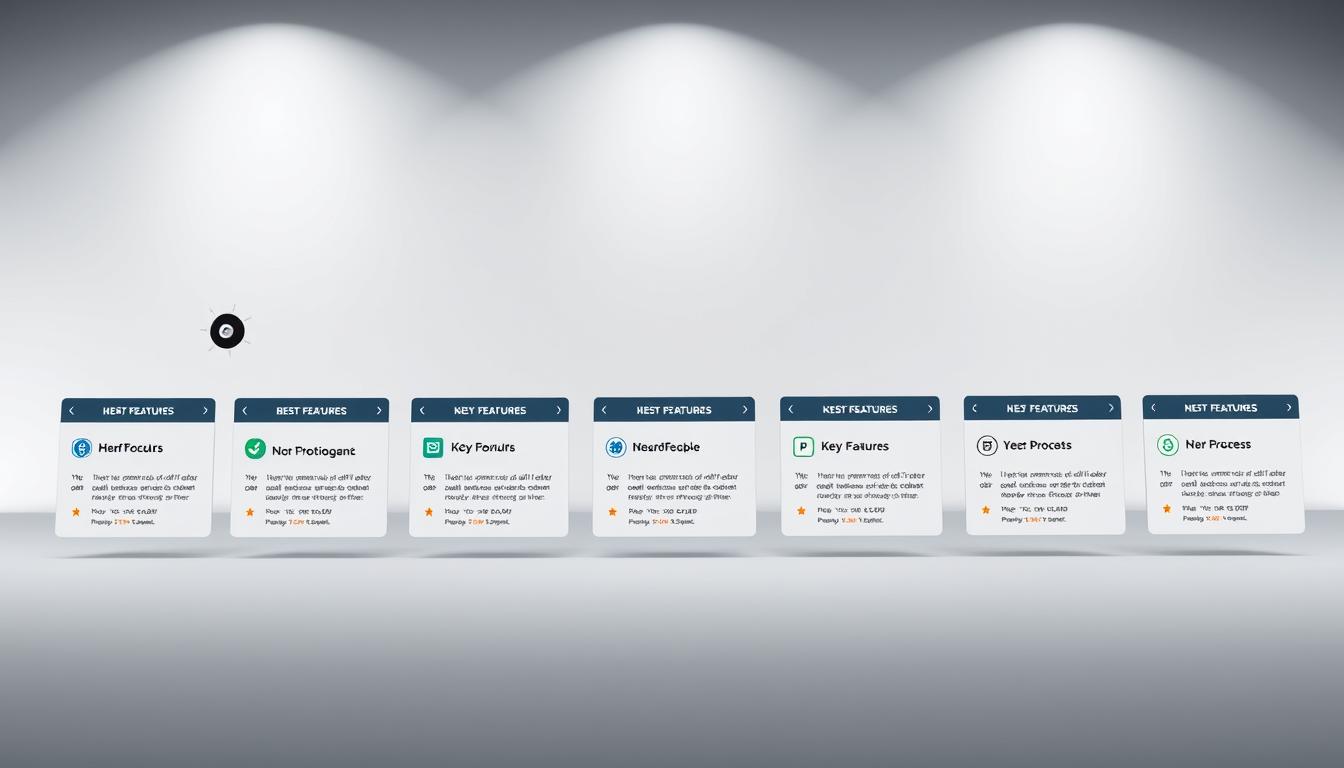FTC disclaimer: This post contains affiliate links and I will be compensated if you make a purchase after clicking on my link.
Ethernet switch port types vary based on the functionality, network architecture, and data rates. The understanding of Ethernet switch port types helps in preparing networking plans.
Ethernet switch is necessary networking hardware that helps connect various devices. Further, the Ethernet switch creates a table that consists of the MAC address and port number of the connected devices.
Moreover, the Ethernet switch is an intelligent device that transfers data to the destined devices.
Here, we will look into different Ethernet switch ports and how they are different based on multiple factors.
What is Ethernet Switch Port?
Ethernet Switch Port is the physical opening on a network switch that requires an Ethernet cable to get connected with other devices in a network.
Further, the Ethernet Switch port is a rectangular port from the outside and from inside; it has three flat sides, and one side is in the shape of ridges.
The ridge’s side can be at the top or bottom of the Ethernet switch port.
The function of the Ethernet switch port is to facilitate computer networking and help in the transfer of data between devices.
A switch port is commonly used to access the Internet from Wide Area Network.
How many ports are there in Ethernet Switch?
The number of ports in the Ethernet switch varies depending on the functionality, devices, and networking architecture.
An Ethernet switch in an extensive network can have up to 52 ports. But, the number of devices that can be connected with ports will be one less than the number of ports.
One port in the Ethernet switch is reserved for router connection.
Ethernet switch port types based on Data Rates
Ethernet switch port types based on data rates are the critical factors to consider. It helps in deciding the flow of data from one device to another.
Also, the data rates vary from 1G to 100G and beyond.
RJ45 port
RJ45 port, also known as Registered Jack 45, is the most commonly used port on Ethernet switches, routers, network cards, and more.
Further, RJ45 port, when used on 100/1000Base switch, then it is applicable and facilitates the formation of data centers for server switching and creation of uplink port on switches for broadband application.
Moreover, the standard Ethernet cable such as Cat5/5e/6/6a cable connects two RJ45 ports on Gigabit switches.
SFP port
SFP port is termed as Small Form-Factor Pluggable port. SFP port supports connectivity with fiber-optic cables and twisted copper pairs.
Further, it helps achieve a speed of 1Gbps for Ethernet SFP and 4Gbps for Fiber Channel SFP modules.
Moreover, the SFP port is compatible with much standard communication such as Ethernet, Fiber Channel, SONET, and more.
Additionally, SFP transceivers are hot-swappable, which means they can be easily replaced or removed without disturbing the running device or any reboot requirement.
SFP+ port
SFP+ port is termed as enhanced small form-factor pluggable, which is an advanced version of SFP port.
It supports a 10 Gigabit uplink connection which means it can achieve a higher speed of 10 Gbps. Further, it supports a data rate of 8 Gbps for Fiber channel and 10 Gigabit Ethernet and Optical Transport Network Standard (OTU2)
Moreover, the SFP+ port accepts SFP optics, but the SFP port cannot accept SFP+ transceiver because the SFP+ port does not support speed less than 1 Gbps.
SFP28 Port
SFP28 Port is the advanced version of the SFP+ port because it supports a data rate of 25 Gbps over a single lane. It stands for Small Form-Factor Pluggable 28 port.
Moreover, the SFP28 transceiver can be used on the SFP+ port because it is backward compatible. Additionally, an SFP+ transceiver can be used on the SFP28 port, but it will not support a data rate of 25 Gbps.
QSFP+ Port
QSFP+ port stands for Quad Small Form-Factor pluggable port. Further, the QSFP+ port is a compact and hot-swappable transceiver that supports Ethernet, Fiber Channel, InfiniBand, and SONET standards.
It is designed with four-lane, and each lane supports a 10 Gigabit data rate. So, a total of 40Gb transceiver is supported with an SFP+ interface.
QSFP28 Port
QSFP28 Port module is integrated with four transmit and receiver channels, and each lane supports a data rate of 25 Gb. So, the total of 100 (4×25) Gbps speed for Ethernet and InfiniBand standard.
Moreover, the “28” in QSFP28 Port means that it supports up to 28 G data rate for each lane.
Ethernet switch port types based on functionality
Ethernet switch port types vary based on functionality and application. It means that the same Ethernet switch port can be used for different purposes.
Combo port
A Combo port is a two-port with a single interface but with dual front ends. It combines RJ45 and SFP ports with the same switch fabric and port number.
The disadvantage of a combo port is that you cannot use both ports simultaneously. It means that if you are using one port, then the other port will be disabled or vice versa.
The advantage is that it allows different connectivity and configuration as per the requirement.
PoE Port
The PoE port stands for power over Ethernet, which Ethernet cable can carry both the data and the power simultaneously.
Moreover, the PoE port delivers power using two IEEE standards. IEEE 802.3af standard allows power up to 15.4 watts on a PoE port. And IEEE 802.3at provides power up to 30 watts on a PoE port.
The devices like Wireless network repeaters or IP Security cameras have a PoE port that allows a single Ethernet cable to carry voice, data, and power.
The disadvantage of using a PoE port is that the carrying power will decrease with increased distance.
Stack port
Stack port is a unique port on an Ethernet switch that combines multiple stackable network switches of the same model and operates as a single stackable network switch.
Further, a single stackable network switch shows the characteristics and capacity of combined stackable switches.
Moreover, all stackable network switches will have an uplink or dedicated stackable port.
The advantage of stack port is that it provides an economical and flexible networking solution and is feasible for long-distance connection.
Ethernet switch port types based on Network architecture.
Ethernet switch port types based on network architecture are divided into the following types.
Access port
An Access port on a switch is assigned to a single VLAN, and data transfer occurs with that same VLAN.
The frame sent or received with the access port is not tagged and does not cause signal issues.
It helps connect switches with host devices like computers, laptops, printers, and more.
Trunk port
A Trunk port on a switch helps transmit data to and from multiple VLANs.
The frame sent or received with the Trunk port is tagged to be directed designated VLAN.
Moreover, the trunk port on a switch helps connect with switches, routers, and servers available in the trunk link and simultaneously manages traffic from various VLANs.
Hybrid Port
The hybrid port can connect, send and receive data from single or multiple VLANs. It supports both untagged or tagged frames like access ports or trunk ports.
Additionally, Hybrid Port helps connect multiple networking devices (like switches, routers) and user end devices (like laptops computers).
Wrap-up
The different Ethernet switch port types help choose and identify more suitable network switches for networking.
You need to understand your business demands and requirements before switching port types.
